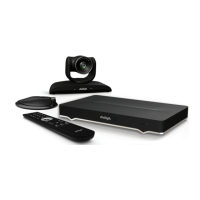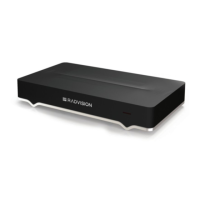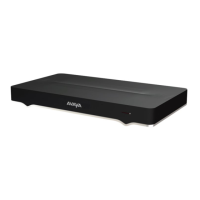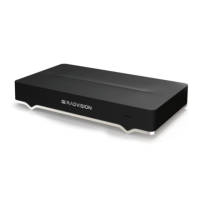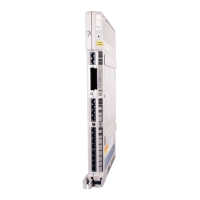3. Configure advanced SIP options as described above. From the endpoint's main menu,
select Advanced to access these settings. On the web interface, they appear directly
below the SIP server settings described above.
Table 25: Configuring SIP-related parameters
Parameter Description
Transport Outbound Call Select the preferred transport protocol for outbound SIP
calls: TCP or UDP.
UDP/TCP Listening Port Enter the port number used by XT Series for receiving
inbound SIP calls. By default, the system uses port
5060.
Transport Outbound BFCP Select the transport protocol to use when sharing
content via BFCP, from the options listed below. BFCP
is a protocol which coordinates shared videoconference
features in SIP calls, often used by one participant at a
time.
• TCP Preferred: Select to use TCP. If the request fails,
the system tries again using UDP. The request might
fail, for example, if the receiving endpoint only accepts
incoming connections over UDP.
• UDP Preferred: Select to use UDP once. If the
request fails, the system tries again using TCP. The
request might fail, for example, if the receiving
endpoint only accepts incoming connections over
TCP.
• TCP Only: Select to only use TCP.
• UDP Only: Select to only use UDP.
Use TLS Select Yes or No to enable or disable secure
transmission.
TLS Listening Port Enter the port number used by XT Series for receiving
secure inbound SIP calls. By default, the system uses
port 5061.
Disable TLS 1.0/1.1 Select to disable TLS 1.0/1.1.
Verify Certificate Select Yes to connect to other devices via TLS only
when the other device has certificates signed by a CA
recognized by XT Series.
Select No to connect to a device whose certificate has
not been validated.
Table continues…
Registering the XT Series to a SIP Server
August 2020 Deployment Guide for Avaya XT Series 135
Comments on this document? infodev@avaya.com

